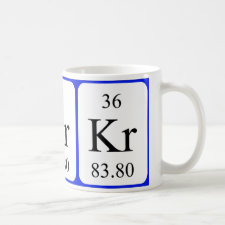
Authors: Yang ML, Yuan ZL
Article Title: Molecularly imprinted polymer with salicylaldehyde-Cu(OAc)2 as template.
Publication date: 2005
Journal: Journal of Molecular Recognition
Volume: 18
Issue: (1)
Page numbers: 103-108.
DOI: 10.1002/jmr.692
Abstract: In the report molecularly imprinted polymer (MIP) with salicylaldehyde-Cu(OAc)2 as the template was synthesized and characterized by SEM, porosity and elemental analysis. Copper acetate was introduced since salicylaldehyde alone cannot display imprinting effect for its intramolecular hydrogen bond. The strong coordination interaction between salicylaldehyde and copper acetate made the complex have high retention on the HPLC column based on the SAD-Cu(OAc)2 imprinted polymer. Several structural analogues such as salicylaldoxime, sulfosalicylic acid, p-hydroxybenzaldehyde and their complexes with copper acetate were chosen to study the selectivity of the MIPs. The influence of acetic acid and H2O in methanol mobile phase was studied. The experimental results showed that small amount of either acetic acid or H2O in mobile phase would weaken the interaction between the complex and the polymer, therefore, the retention of the complex was lowered to a large extent, but that of salicylaldehyde remained almost unchanged. The polymer imprinted with the complex showed high selectivity to both the acetate and copper (II). In addition, the MIP showed an enhanced selectivity to its template compared with the polymer prepared without copper acetate. Copyright © 2004 John Wiley & Sons, Ltd.
Template and target information:
Author keywords: molecularly imprinted polymer, salicylaldehyde-Cu(OAc)2 complex, coordination



Join the Society for Molecular Imprinting

New items RSS feed
Sign-up for e-mail updates:
Choose between receiving an occasional newsletter or more frequent e-mail alerts.
Click here to go to the sign-up page.
Is your name elemental or peptidic? Enter your name and find out by clicking either of the buttons below!
Other products you may like:
 MIPdatabase
MIPdatabase









